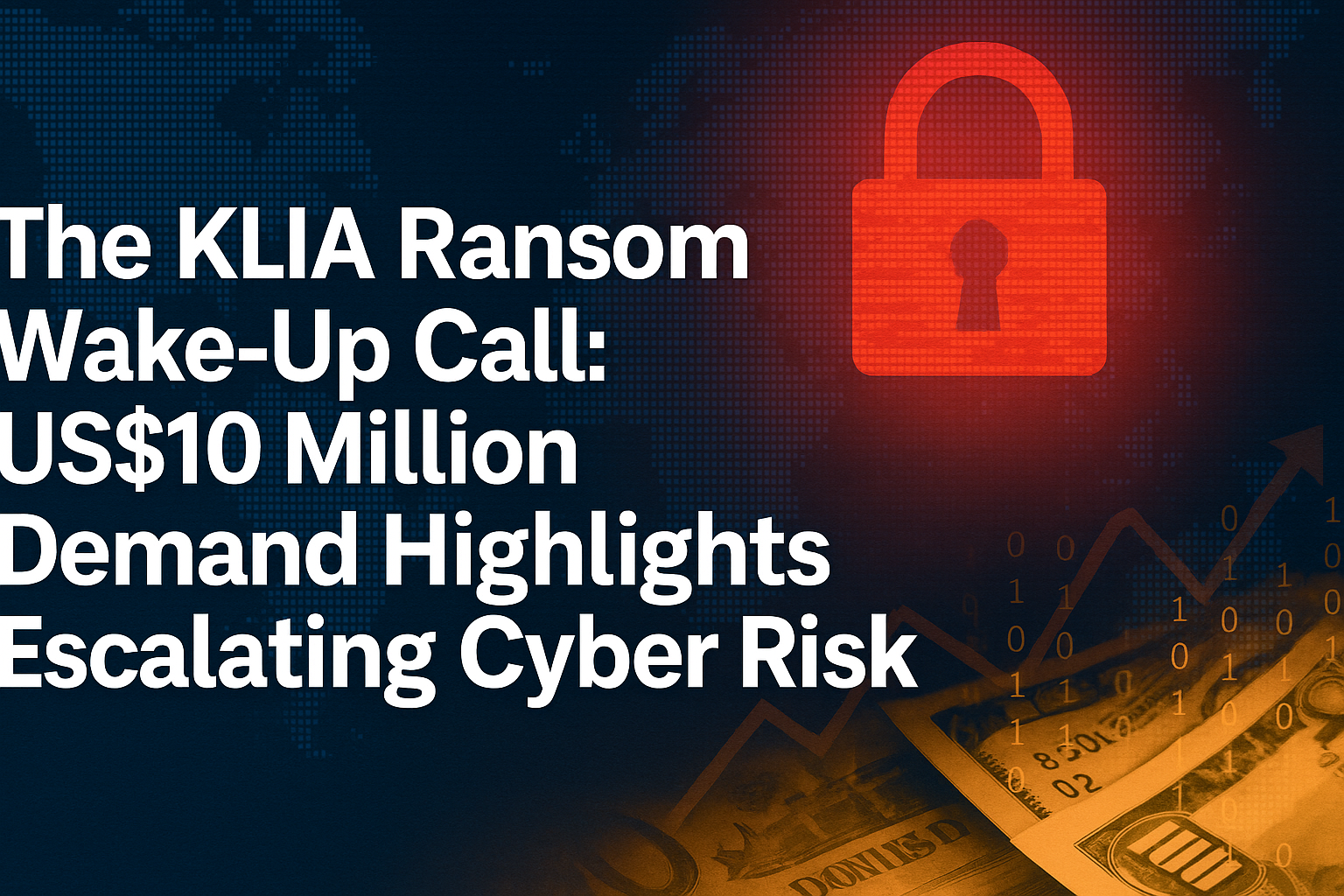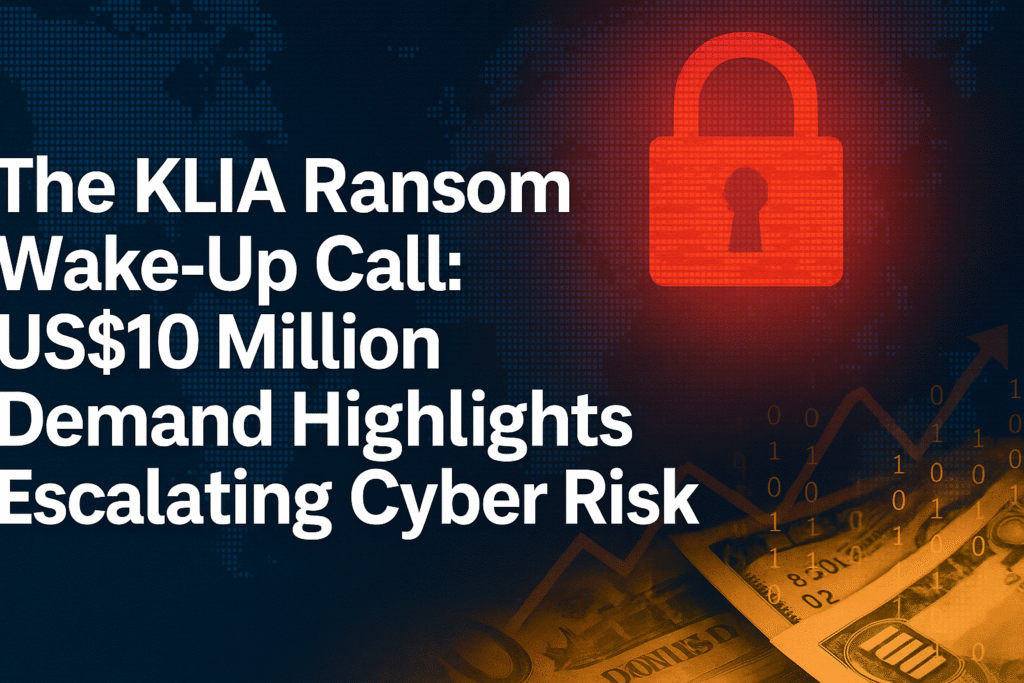05 April 2025
KLIA’s $10M Ransomware Attack: A Wake-Up Call for Critical Infrastructure Cybersecurity

“The biggest threat to your company’s data security isn’t always an external hacker — it could be the very people hired to protect it.”
On March 23, 2025, Kuala Lumpur International Airport (KLIA) experienced a significant cyberattack that disrupted key systems and triggered a US$10 million ransom demand. While operations were restored and the ransom rejected, the incident is a wake-up call: ransomware threats are not just real—they’re growing, disruptive, and costly.
The Attack: What Happened?
The cyberattack targeted Malaysia Airports Holdings Berhad (MAHB), the operator of KLIA. The attackers demanded a US$10 million ransom, which the Malaysian government promptly refused. Prime Minister Anwar Ibrahim stated, “I didn’t wait five seconds and immediately answered, ‘No!’” .
Despite official statements claiming minimal impact, reports indicated that flight information displays, check-in counters, and baggage handling systems were affected, leading to manual operations using whiteboards for communication .
The Broader Implications
This incident underscores several critical issues:
-
Third-Party Vulnerabilities: The attack exploited weaknesses in MAHB’s systems, highlighting the risks associated with third-party vendors and partners.
-
Operational Disruption: Even temporary disruptions in airport operations can have cascading effects on national and international travel, commerce, and security.
-
Reputational Damage: Such incidents erode public trust in the security and reliability of critical infrastructure.
Strengthening Cybersecurity Measures
To mitigate similar risks, organizations should consider the following strategies:
-
Implement Zero Trust Architecture: Assume that threats can originate from both outside and inside the organization. Verify every access request, regardless of source.
-
Regular Security Audits: Conduct comprehensive assessments of all systems, including those managed by third parties, to identify and address vulnerabilities.
-
Employee Training: Educate staff on cybersecurity best practices to prevent phishing and other social engineering attacks.
-
Incident Response Planning: Develop and regularly update a robust incident response plan to ensure swift action when breaches occur.
-
Collaboration with Cybersecurity Agencies: Engage with national and international cybersecurity bodies to stay informed about emerging threats and effective countermeasures.
Final Thoughts
The KLIA cyberattack serves as a stark reminder of the evolving landscape of cyber threats targeting critical infrastructure. Organizations must proactively enhance their cybersecurity posture to protect against such disruptive and costly incidents.
At Raven, we specialize in helping businesses fortify their defenses against cyber threats. Contact us to learn how we can assist in safeguarding your organization’s critical systems.

